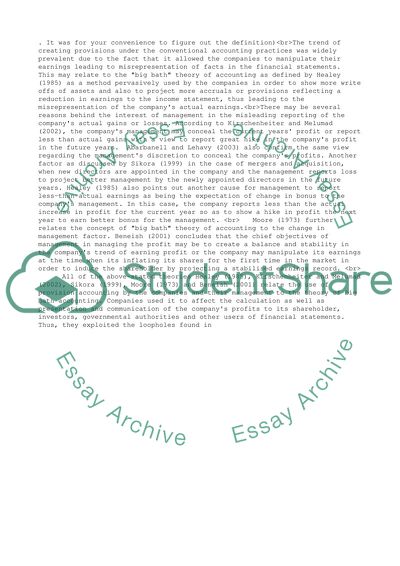Cite this document
(“Provision Accounting and International Accounting Standards Essay”, n.d.)
Provision Accounting and International Accounting Standards Essay. Retrieved from https://studentshare.org/business/1515005-provision-accounting-and-international-accounting-standards
Provision Accounting and International Accounting Standards Essay. Retrieved from https://studentshare.org/business/1515005-provision-accounting-and-international-accounting-standards
(Provision Accounting and International Accounting Standards Essay)
Provision Accounting and International Accounting Standards Essay. https://studentshare.org/business/1515005-provision-accounting-and-international-accounting-standards.
Provision Accounting and International Accounting Standards Essay. https://studentshare.org/business/1515005-provision-accounting-and-international-accounting-standards.
“Provision Accounting and International Accounting Standards Essay”, n.d. https://studentshare.org/business/1515005-provision-accounting-and-international-accounting-standards.


